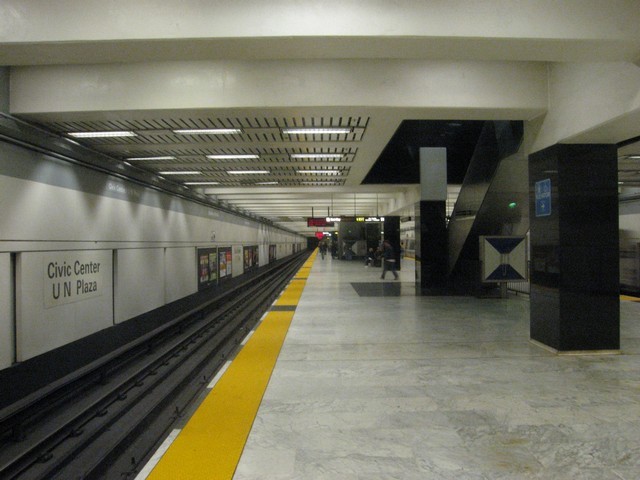Devout fans of this website might have noticed no new content has been added for nearly 11 months. I had expected to make headway on a photo backlog that includes most of the photos I took in 2022 and if you had asked me 12 months ago, I would have predicted that most if not all of those photos would be online by now. Needless to say, that hasn’t happened yet.
After a 2022 that had enough travel for me to earn status with United Airlines for the first time, I’m not surprised that I traveled much less in 2023. However, life was busy in other ways. I had the opportunity to do the Five Boro Bike Tour in New York City in May, which was a wonderful way to experience the city very differently than how I experience it when traveling by subway or bus. Mrs. Oren’s Transit Page and I bought a house about 4 miles from where we were previously living, so the home buying process followed by moving took up much of the late summer and fall.
In terms of transit related highlights, I had the opportunity to tour the DC Streetcar Barn in April. In May, I visited the new Potomac Yard Metrorail station on its opening day. The biggest trip of the year brought me to Montreal for the first time in over 20 years. I look forward to sharing the photos from that trip at some point, hopefully before the calendar turns to 2025. In the fall, work travel brought me to Orlando for the first time in nearly 20 years. A second work trip allowed me to ride Amtrak’s Empire Service from New York City to Albany during the peak fall foliage period, which was a pretty trip to say the least. It was this level of “busy-ness” that led me to pausing the photos of the month for the past three months, there wasn’t even time for those posts! Photos from some of these trips as well as many of my travels around the Washington, DC area aren’t even in the Uncaptioned & Unsorted Photos gallery yet, but I hope to get them there soon.
I tend to approach the photo queue in chronological order, so many photos from Israel as well as photos from a work trip to Greece that I took in 2022 are likely to appear online before the 2023 photos are captioned and sorted into their proper pages. I hope the wait is ultimately worth it.
As of now, I’m not expecting 2024 to be a heavy travel year, but since when do prognostications in late December and early January turn out to be entirely accurate? Perhaps it will give me the opportunity to catch up on the seemingly never empty photo queue. I’m also giving thought to sharing some of the material that I would potentially share in Oren’s Reading List posts directly to Facebook instead of waiting to draft a post here. Would that be considered to be an improvement? Let me know by leaving a comment below. And as always, thanks for dropping in and checking out my work. I really appreciate it.




 Gillig Phantom 5418
Gillig Phantom 5418 A Car 1243
A Car 1243
 ICTS 3027
ICTS 3027 NABI 40-LFW 7780
NABI 40-LFW 7780 1973 Stock 126
1973 Stock 126 Bombardier 5000 Series 5040
Bombardier 5000 Series 5040